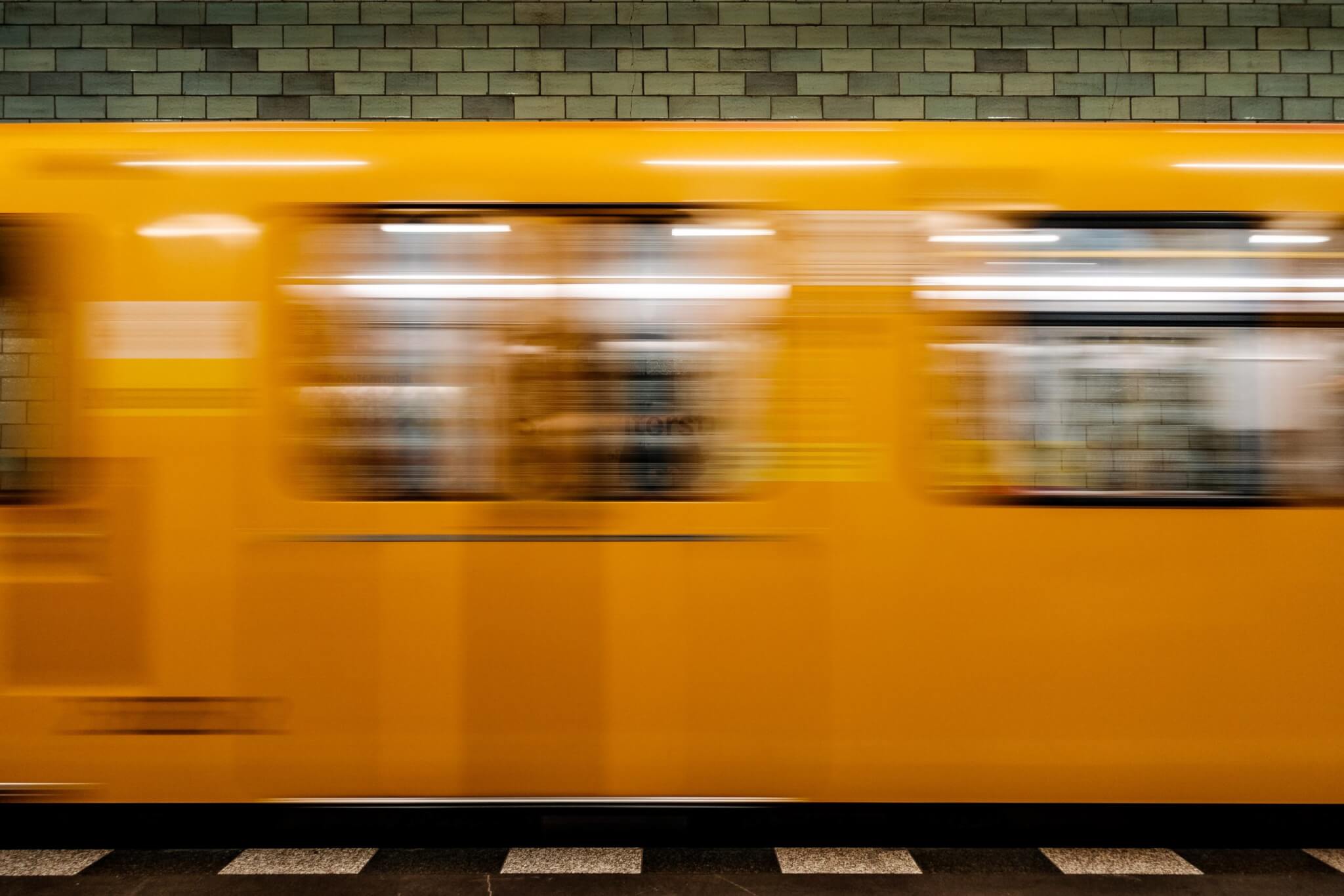The Venice Art Biennale, one of the most prestigious art exhibitions in the world since the late 19th century, serves as a grand stage for modern and contemporary art. However, it also exposes the contradictions within the art world, especially regarding the climate and humanitarian crisis and global displacement. As we engage with the Biennale’s 2024 edition, “Foreigners Everywhere—Stranieri Ovunque,” curated by Adriano Pedrosa, it becomes crucial to question whether the art world truly grapples with these pressing issues or merely remains in the realm of discourse without substantial impact. This article explores these themes, highlighting the carbon footprint and the irony of hosting such an event in a city threatened by rising sea levels, while also acknowledging those already affected by these crises.
Biennale’s Carbon Paradox
The contemporary art world often prides itself on its progressive stance on social and environmental issues. Yet, the Venice Biennale, one of the most prestigious art events worldwide, exemplifies the gap between discourse and action. With thousands of visitors flocking from around the globe to Venice each year, the carbon emissions from air travel, accommodations, and the logistics of the event itself are significant. Even though the Venice Biennale aims to be a carbon-neutral event, this reality poses an important question: can the art world claim to address the climate and humanitarian crises while simultaneously contributing to it?
In this case, the numbers don’t lie. In 2022 alone, the Biennale attracted over 800,000 visitors. While the influx of art enthusiasts boosts Venice’s economy, it contributes significantly to carbon emissions. Air travel to Venice accounts for a considerable portion of these numbers. For instance, a round trip from New York to Venice emits approximately 1.2 metric tons of CO2 per passenger. Considering the number of international visitors, the Biennale’s carbon footprint is substantial and must be taken into account. This contradiction is heightened by Venice’s precarious situation. Scientists predict that, due to rising sea levels, Venice could be largely underwater in 50 years.
The global climate scenario is dire. The Paris Agreement, adopted in 2015, aimed to limit global warming to well below 2°C, ideally to 1.5°C, above pre-industrial levels by 2030. However, as of 2023, we are alarmingly close to breaching this threshold. According to recent data from the World Meteorological Organization (WMO), several climate change indicators, including greenhouse gas concentrations, sea level rise, and ocean heat, reached record levels in 2023. The WMO highlights that there is now a 66% chance that global temperatures will temporarily exceed 1.5°C above pre-industrial levels within the next five years (Met Office).
The Venice Biennale 2024’s theme, “Foreigners Everywhere,” aims to create a platform for these pressing struggles by centering disenfranchised identities and narratives. Yet, the environmental costs of the event mark a deeper problem. These escalating crises disproportionately affect those living in the Global South, who are least responsible for greenhouse gas emissions but suffer the most from their impacts.
It’s impossible to ignore this: The Biennale’s carbon footprint exacerbates the climate and humanitarian issues that disproportionately impact the very communities it seeks to protect. This disparity is evident in recent climate catastrophes, such as the devastating floods in the State of Rio Grande do Sul in Brazil in 2024. This situation calls for a critical reflection on how art institutions can and should more effectively address and mitigate their environmental footprints while also addressing equity and representation.
Foreigners Everywhere & The Maintenance of ‘Otherness’ through National Pavilions
Nations and borders, remnants of colonial legacies, shape the Venice Biennale, perpetuating inequalities and reinforcing structures of privilege. Despite the Biennale’s thematic critique of “Foreigners Everywhere,” its reliance on national pavilions paradoxically upholds the very divisions it aims to challenge.
The same approach to highlighting divisions, and most likely reinforcing them, surfaced last year under the theme “Laboratory of the Future,” which looked into decolonizing, decarbonizing, and diversifying architecture by inviting African architects of the diaspora.
Geopolitical tensions at the Venice Biennale are evident in the replacement of the Russian Pavilion with Bolivia’s following the invasion of Ukraine in 2022. Meanwhile, in 2024, the Israeli Pavilion remains, despite decades of human rights violations and apartheid in Palestine, illustrating how solidarity can be selective and influenced by geopolitical interests, perpetuating its impact through culture. In a world increasingly defined by displacement due to environmental crises, war, and political instability, the reinforcement of national identities through art seems counterproductive.
While progress has been made in Indigenous representation with pavilions like the Sámi (2022), Timor Leste, and the Brazilian Pavilion temporarily renamed to Hãhãwpuá (2024), these efforts often remain symbolic. The Sámi Pavilion highlighted the culture and struggles of the Indigenous people of the Arctic, emphasizing their resilience and connection to the land. The Timor Leste Pavilion celebrates its independence in 2002 and showcases the work of Maria Madera. The Brazilian Pavilion, curated by Arissana Pataxó, Denilson Baniwa, and Gustavo Caboco Wapichana, is named after the Pataxó people’s pre-colonial term for Brazil and features the first solo show by an Indigenous artist, Glicéria Tupinambá. It is true that centering these voices on an international stage can also contribute to local and Planetary transformation. However, without substantial structural changes, these efforts risk remaining on the surface. As the event tackles themes of inclusivity and decolonization, meaningful systemic change is imperative.
Reflecting on the complexities of the Biennale’s dynamics, it is noteworthy to consider the case of the artist Grada Kilomba, who in 2022 was considered a potential representative for Portugal’s Pavilion with her project A Ferida/The Wound. However, her project was not selected, a decision that later revealed biases within the selection process. In a recent interview for the program Roda Viva (2024), the artist questioned the notion of national representation, ”I am not interested in representing a nation; I am interested in questioning what a nation is. Knowing that nations arise from colonial processes, we can’t forget that the question of nation and nationality is one of the most violent instruments of our times.”
Through her critique, Kilomba addresses the challenges the Biennale and other institutions face in effectively tackling Planetary issues, particularly in how national pavilions can inadvertently reinforce imbalanced power relations between nation-states, humanity, and the land. She reminds us that nations do not own the land; rather, we are interdependent with it. This perspective challenges traditional notions of sovereignty and ownership, emphasizing the deep interconnection between ecological and human violence. The Biennale’s current structure risks perpetuating these imbalances and failing to adequately confront these intersecting struggles.
“I am not interested in representing a nation but in questioning what a nation is. Knowing that nations arise from colonial processes, we can’t forget that the question of nation and nationality is one of the most violent instruments of our times.” It determines who is included and excluded from belonging, and who can cross each nation’s borders.”
Grada Kilomba
Roda Viva
TV Cultura, 2024
While practical solutions to these pressing issues remain elusive, meme culture has emerged as an unexpected ally in recent years, aiding the cultural sector in digesting and reflecting upon these complex problems and their absurdities. Platforms like @freeze_magazine and @jerrygogosian have become influential hubs for satirical commentary on the art world’s response to these challenges. Through humor and irony, meme culture provides this and future generations with an alternative means to engage in institutional critique, question the status quo, and, hopefully, propose coherent paths forward.
Art & Action: A Call For Change
The incoherences of “Foreigners Everywhere—Stranieri Ovunque” shouldn’t come as a surprise. In the late stages of capitalism, it’s unrealistic to expect a single curator to effectively address these issues alone. This highlights another layer of the problem: the necessity of collective action and decentralization within the art world. Recognizing the limitations of a singular perspective leads us to consider how we can transition towards collaborative and collective approaches. In doing so, we acknowledge that our challenges are intersectional and multifaceted and require multiple cosmovisions to navigate.
Under these circumstances, the cultural sector must reevaluate its roles and responsibilities. How must it adapt to confront the complex issues of our era? This process requires a reimagination of cultural practices to become truly inclusive, collaborative, and responsive to the diverse voices and experiences shaping the contemporary world. This shift is exemplified by initiatives such as the Indonesian collective Ruangruppa’s curatorial proposal for Documenta15, which engaged brilliantly with the concept of horizontality, demonstrating alternative models for engaging with culture, society, and the environment.
One thing is clear: the art world must move beyond discourse and individuality and advocate for intersectional eco-liberation. This entails not only reducing the carbon footprint of major events like the Biennale but also reassessing the influence of geopolitical factors in decision-making, recognizing the potential of culture to challenge oppressive systems.
The cultural sector should wield its influence to promote environmental policies and support communities affected by displacement. This may involve partnerships with environmental organizations, backing local conservation initiatives in Venice and beyond, and utilizing art as a tool for both education and advocacy.
Yes, the Venice Biennale remains a relevant platform for dialogue in contemporary art. Still, it must radically change to remain relevant in a world facing unprecedented challenges. By doing so, the art world can move from inhabiting the realm of discourse to making a tangible impact on the pressing issues of our time. This is a collective call for a reimagining of how art institutions engage with these global challenges, advocating for a more honest and equitable approach that recognizes the land and each other beyond aesthetics, profit, and prestige.
*As we reflect on these pressing themes, let’s not forget those already bearing the brunt of global crises. Consider supporting initiatives aiding communities affected.




























